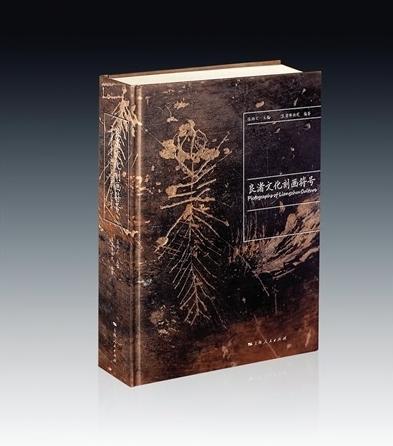
Liangzhu culture is known for its abundant jade artifacts unearthed and a city that is regarded as the capital of an ancient kingdom. In March, unveiling of a hydraulic project comprising 11 dams dating back to 5,000 years offered more evidence of the existence of the ancient civilization. But weather those were words of the neolithic civilization is the question.
A book Pictography of Liangzhu Culture was released in September. It has 656 symbols and marks that appear on items unearthed during the period of that culture. Many photos in the book show several pictographs appearing on a single pottery piece. The book was compiled by Liangzhu Museum in Hangzhou.
Zhang Zhongpei, an archaeologist, had said at the book's launch that they weren't sure if the symbols and marks were "words" of that era. More research was necessary to decode them.
According to him, it provided materials for archaeologists in China to study primitive words ahead of inscriptions on bones of the Shang Dynasty (16th-11th BC). Although the pictographs are yet to be fully understood, a divine emblem that depicts a man with an animal's body is commonly thought by experts to be a symbol of religion.
Zhao Hui, an archaeology professor at Peking University, says the accurate image of the emblem on lots of jade artifacts unearthed from tombs of aristocrats was for religious use. The emblem was delicately carved on a 6.5kg jade artifact unearthed in a tomb, which is thought to belong to a king of the Liangzhu era.
"The divine emblem largely appears on artifacts in Liangzhu culture. We see it as a religious symbol of the ruler back then," Zhao says.
From the artifacts that were discovered in ordinary people's tombs, images of the divine emblem were found carved on pottery pieces or stoneware.
Zhao says the earliest concept of a state or kingdom existed in the Liangzhu era.
If a kingdom with sophisticated hydraulic project and a monotheistic religion existed thousands of years ago, then words might have been around as well, he says.


















































